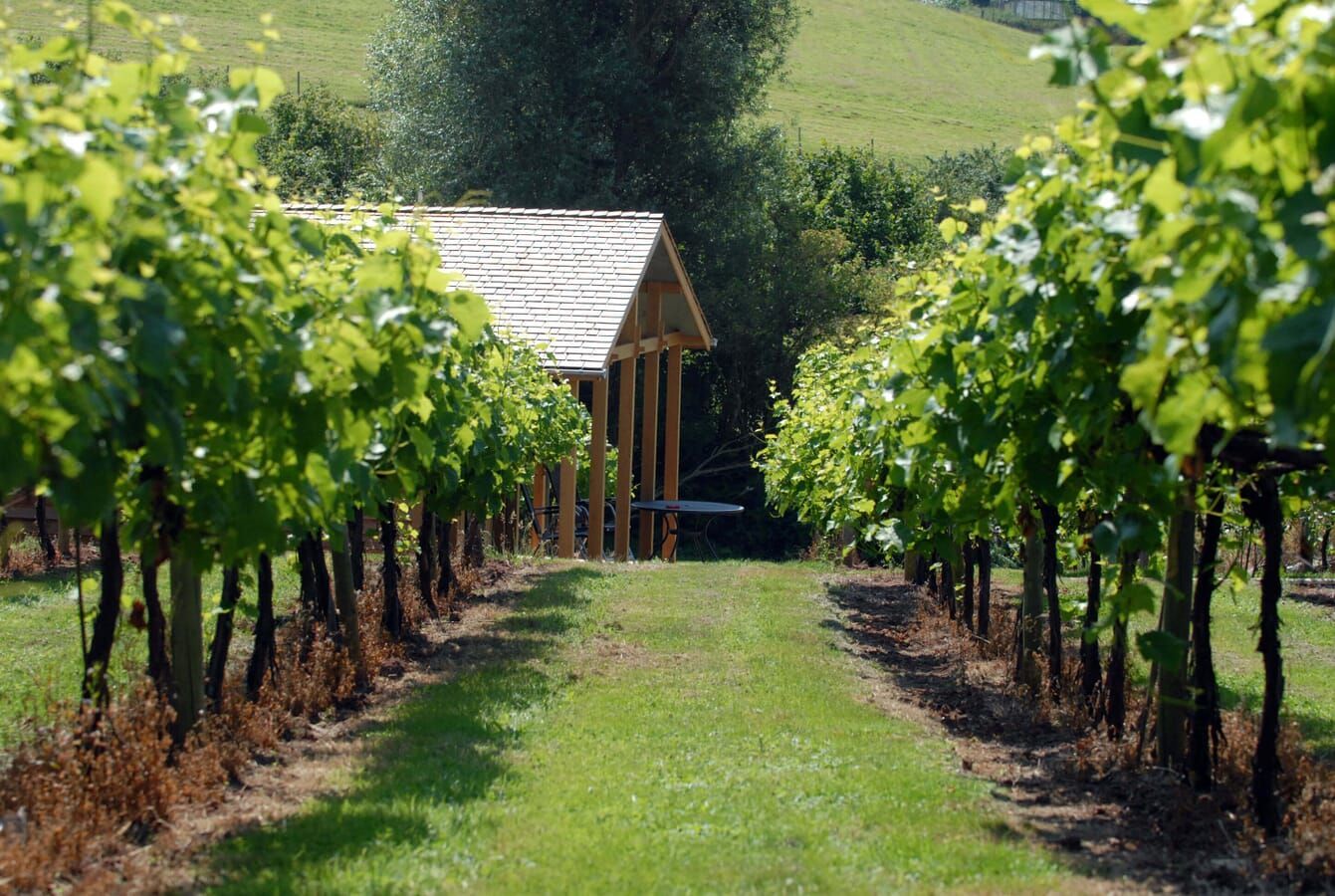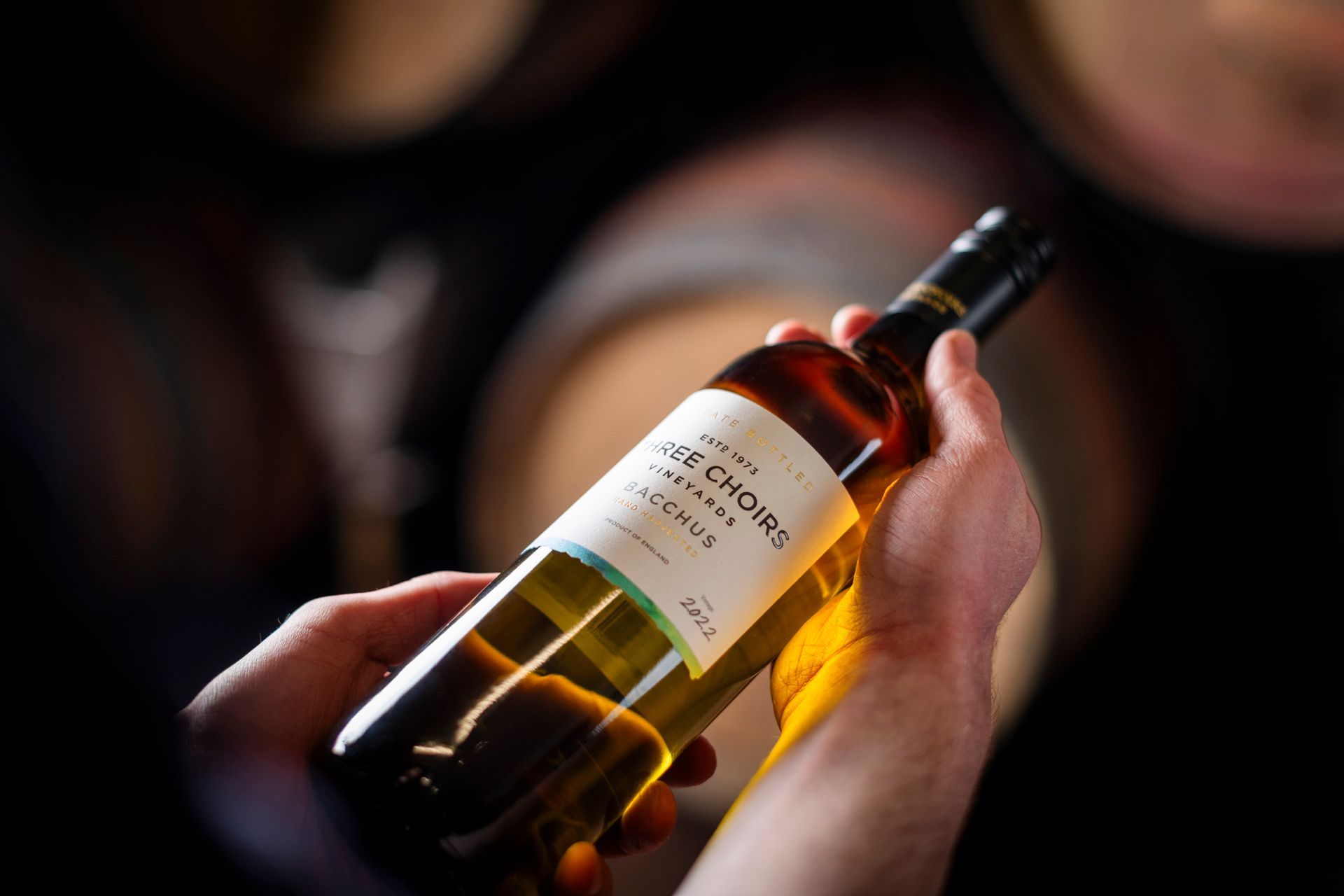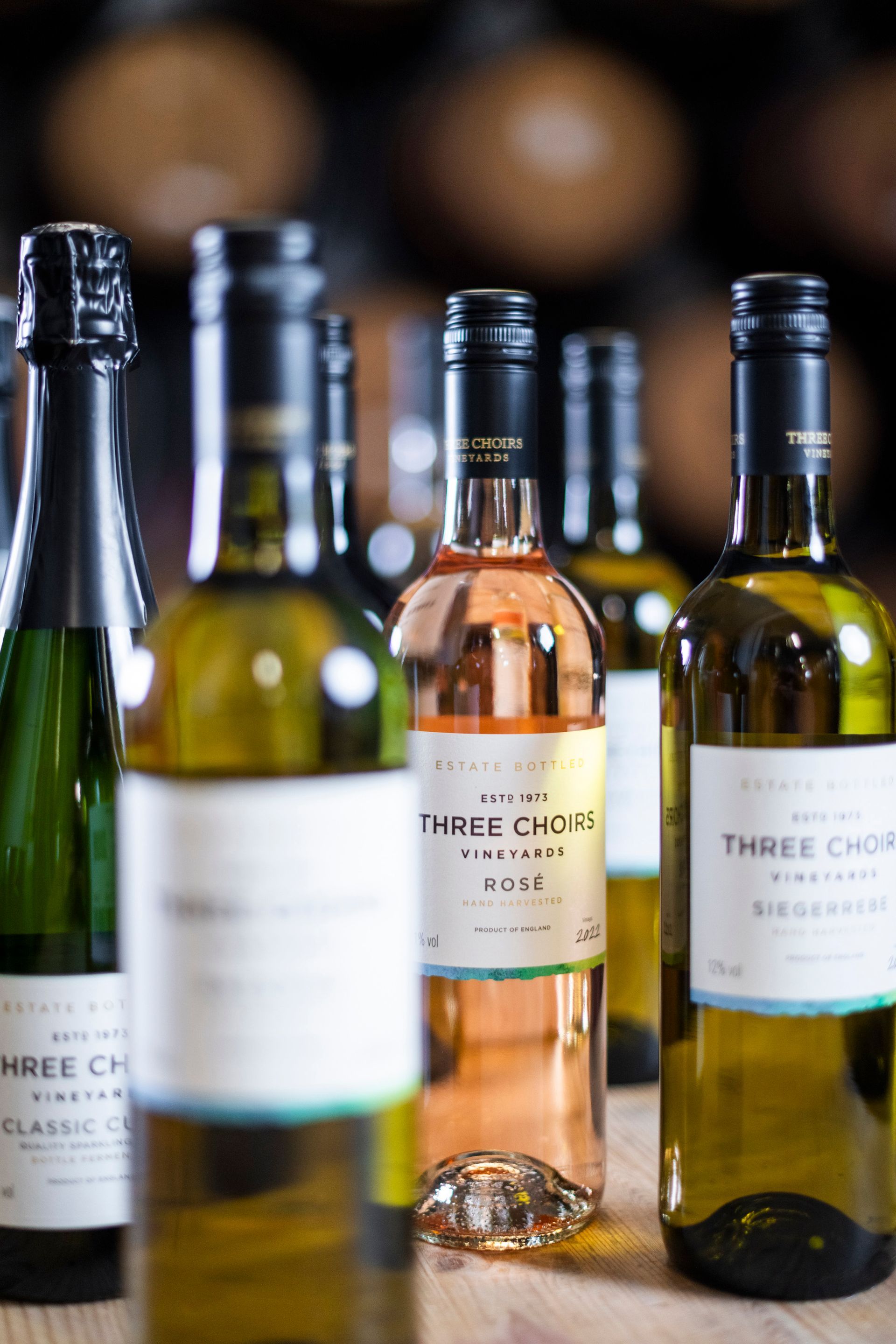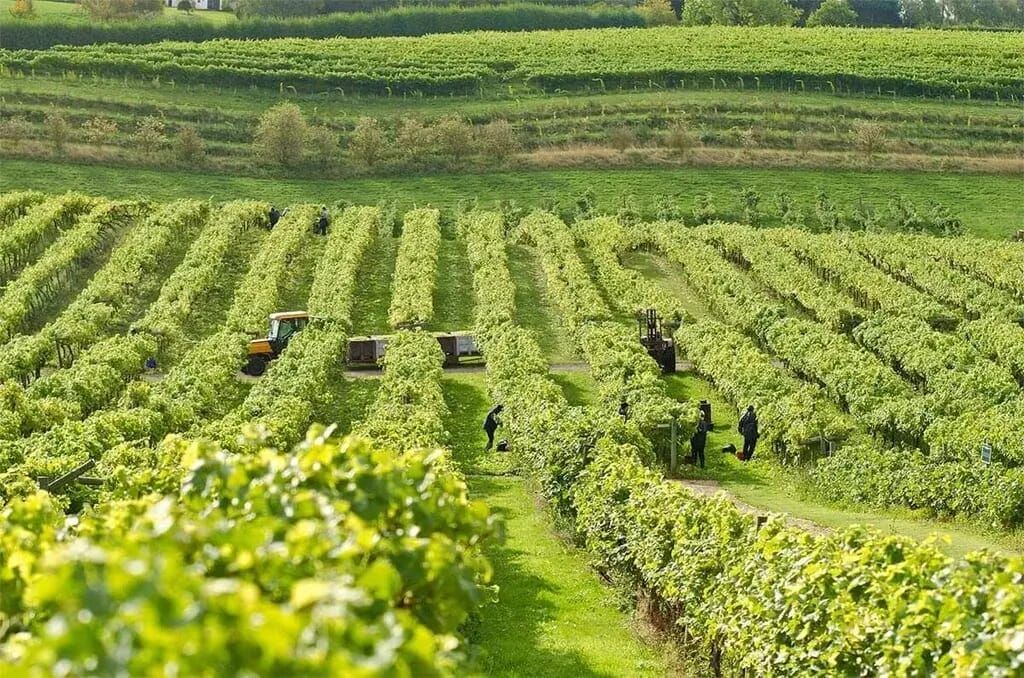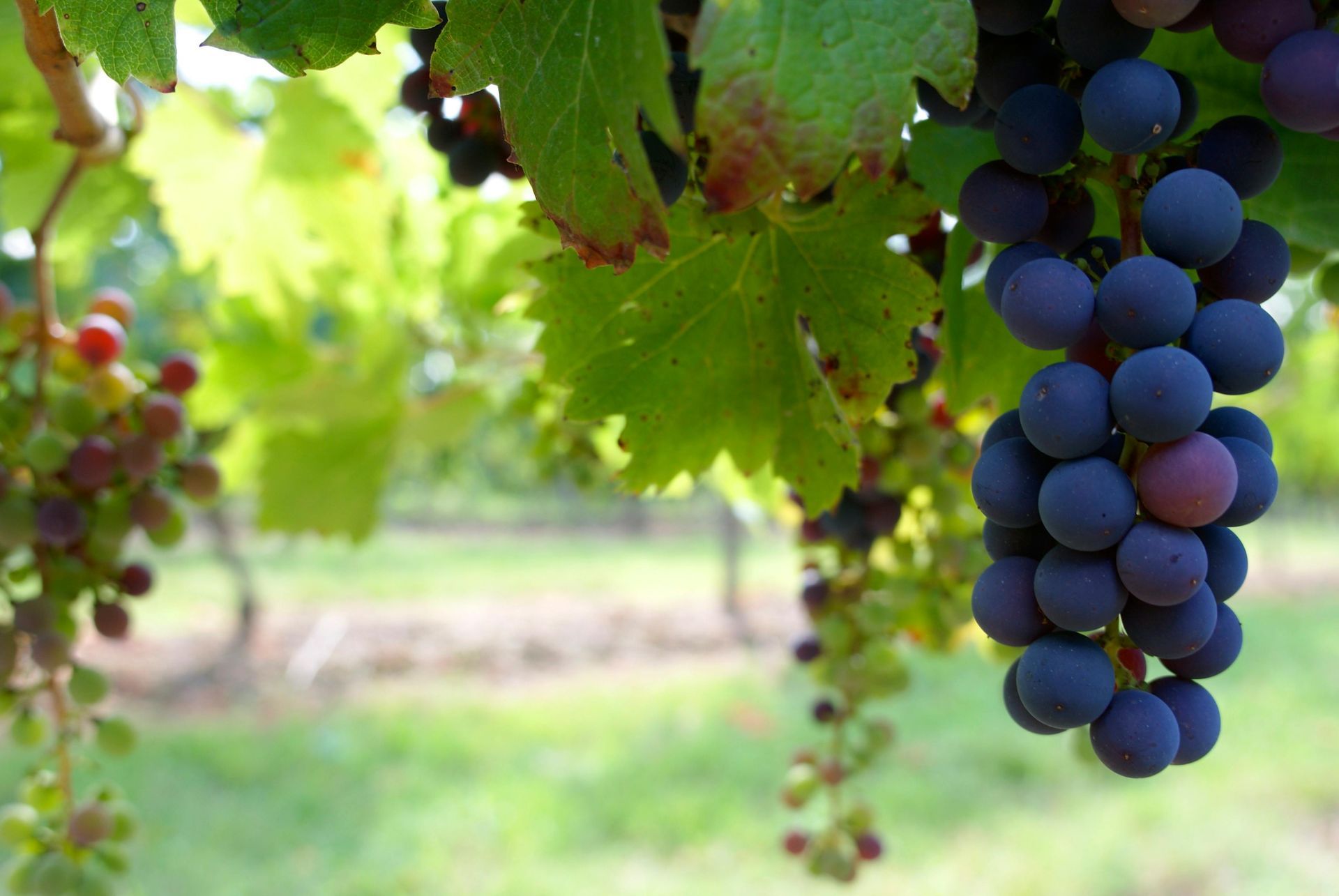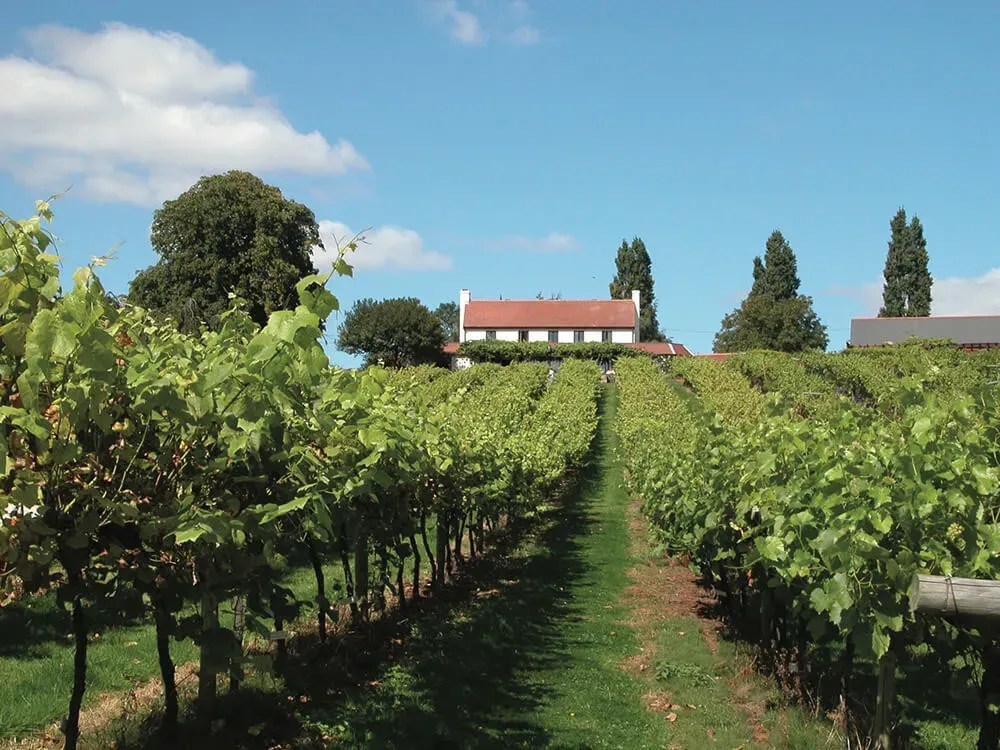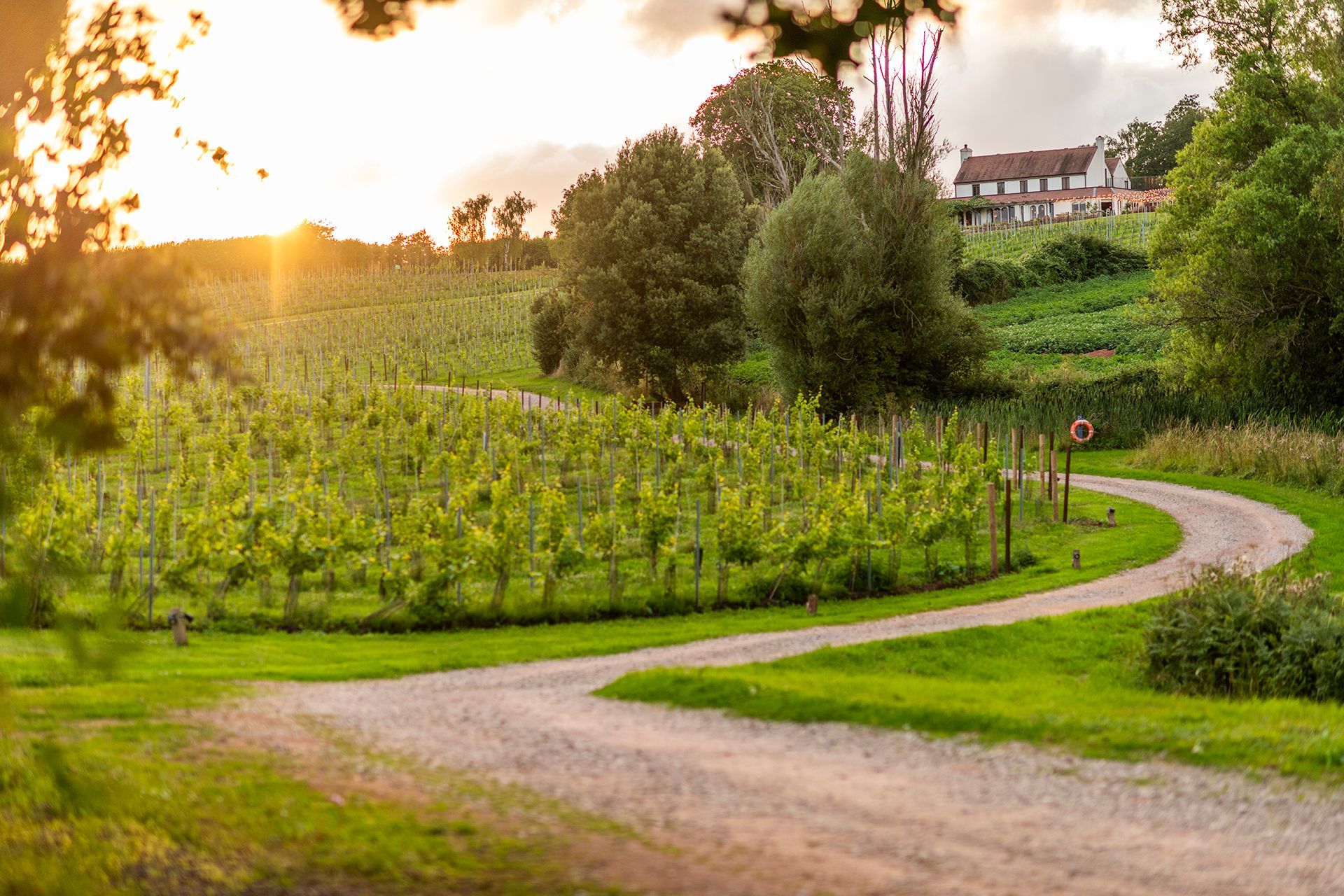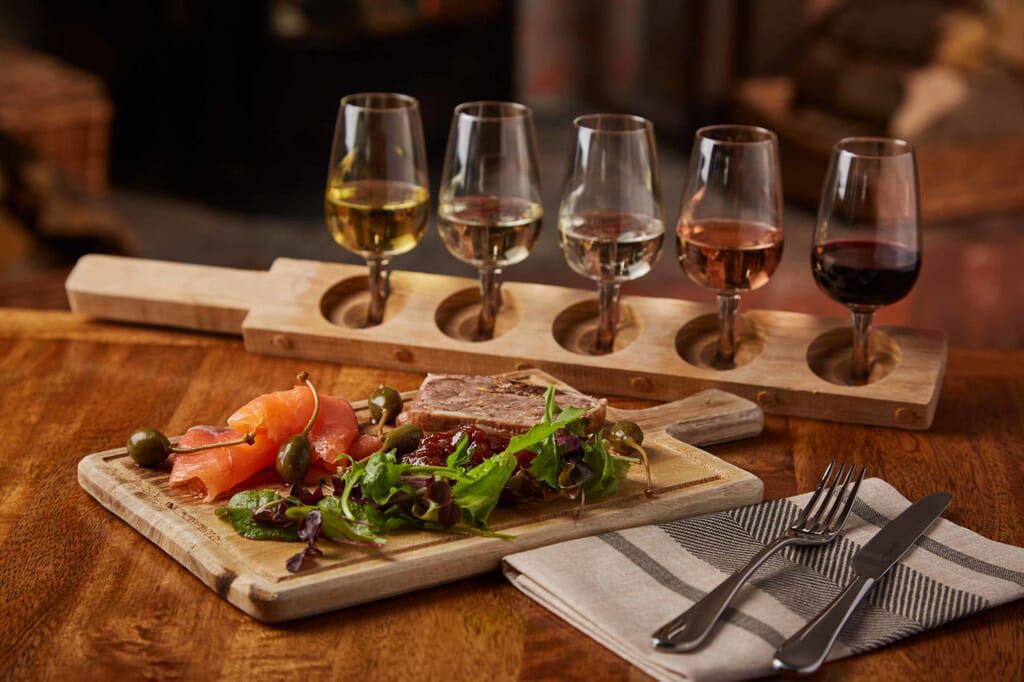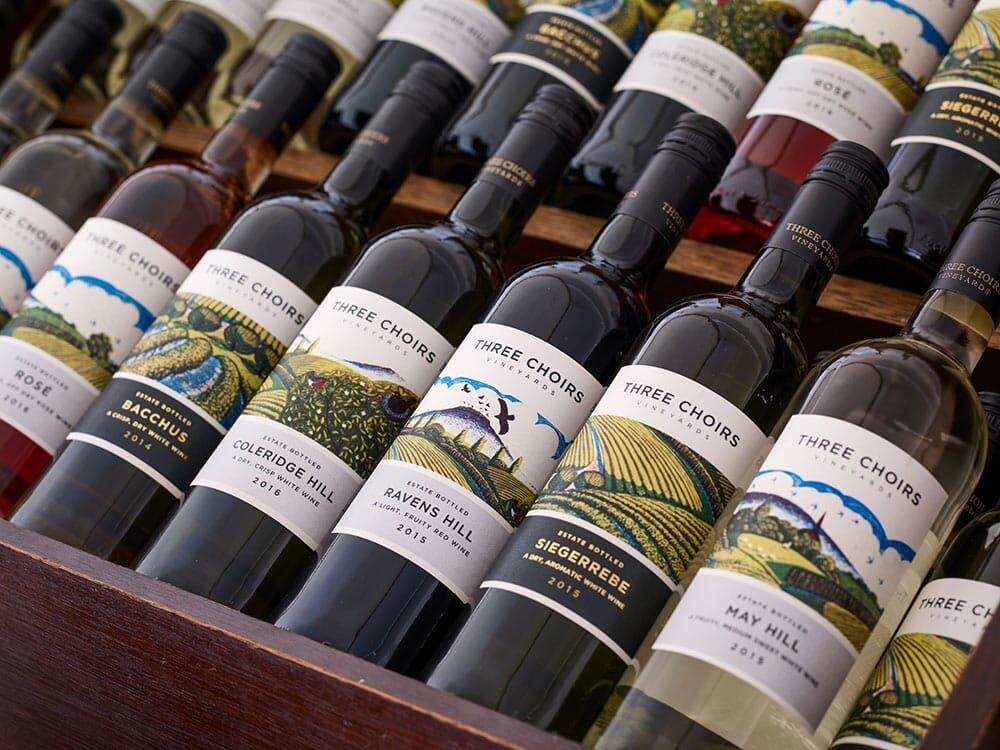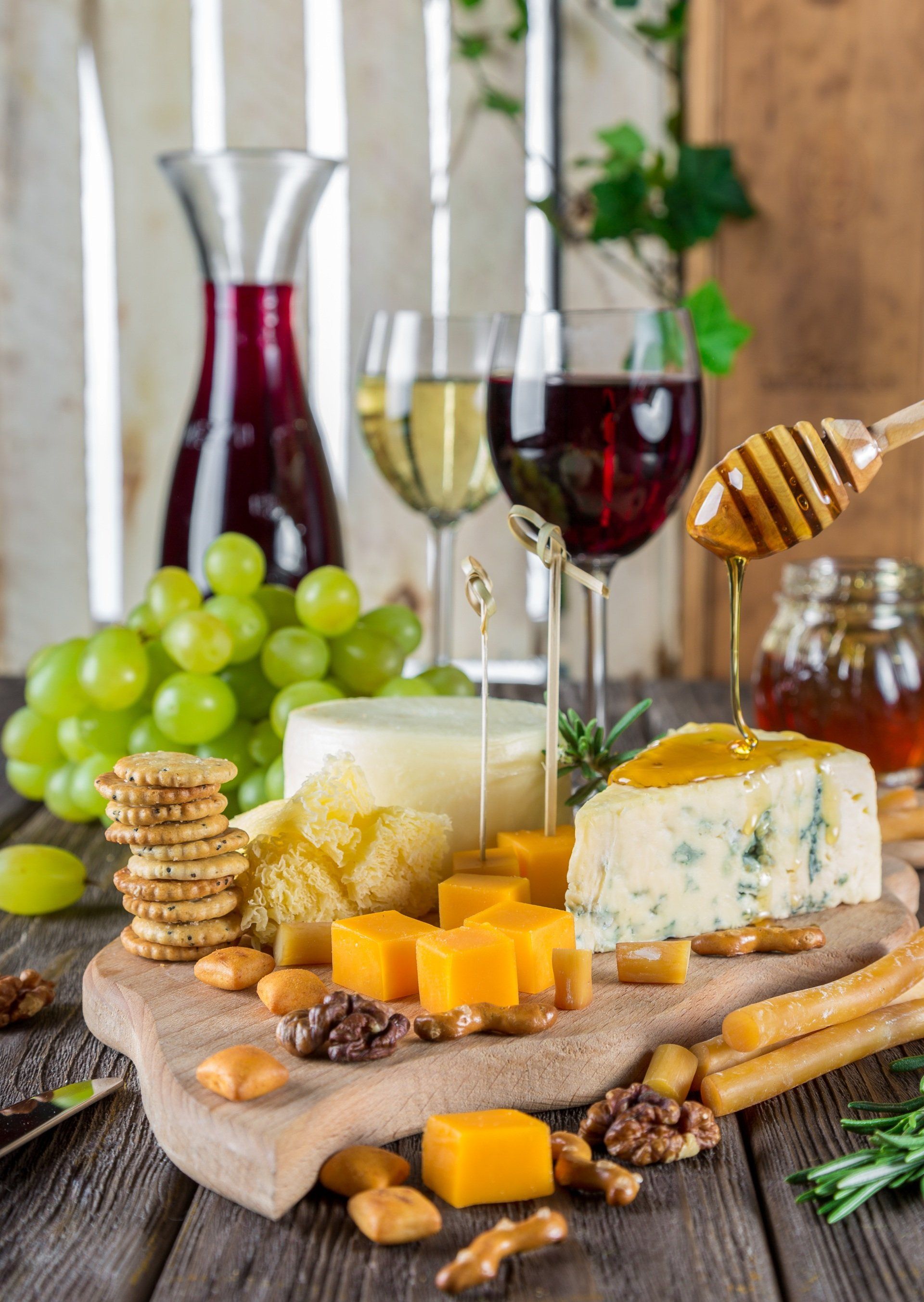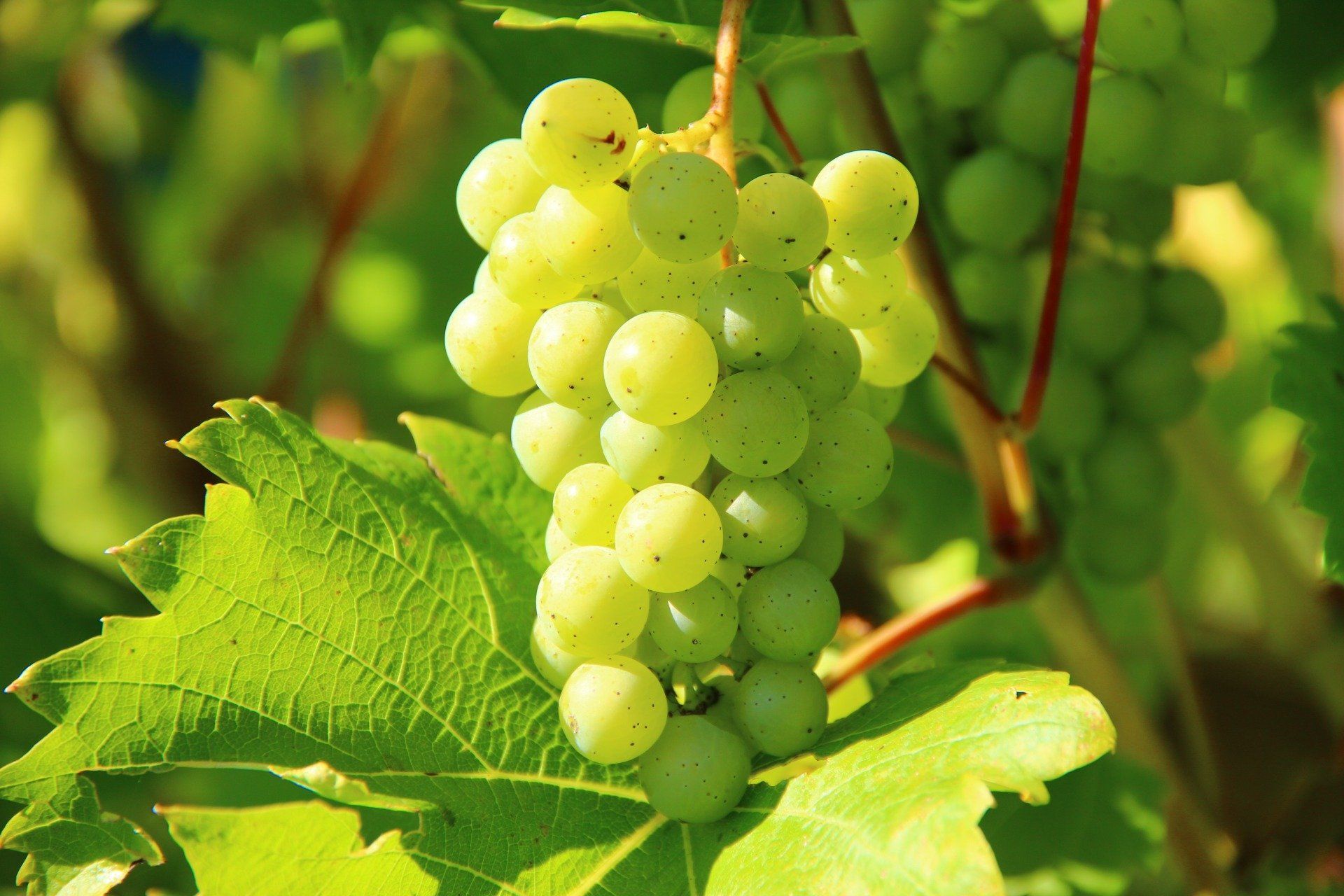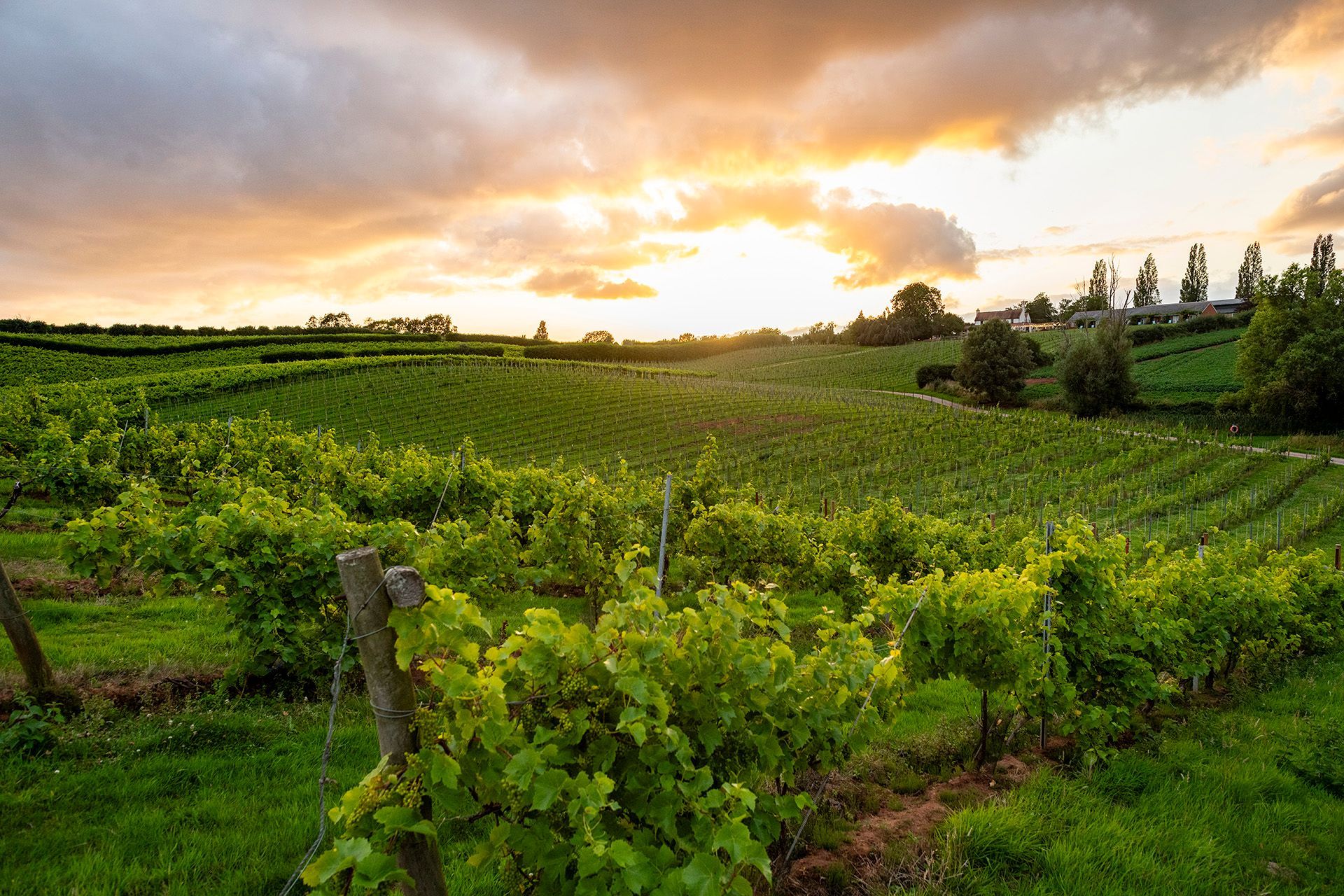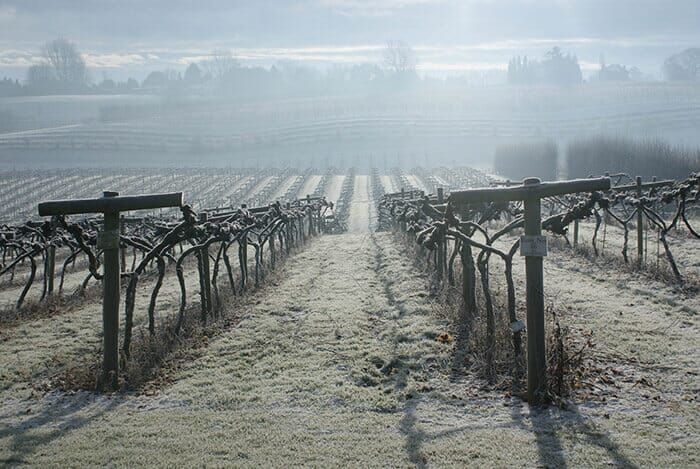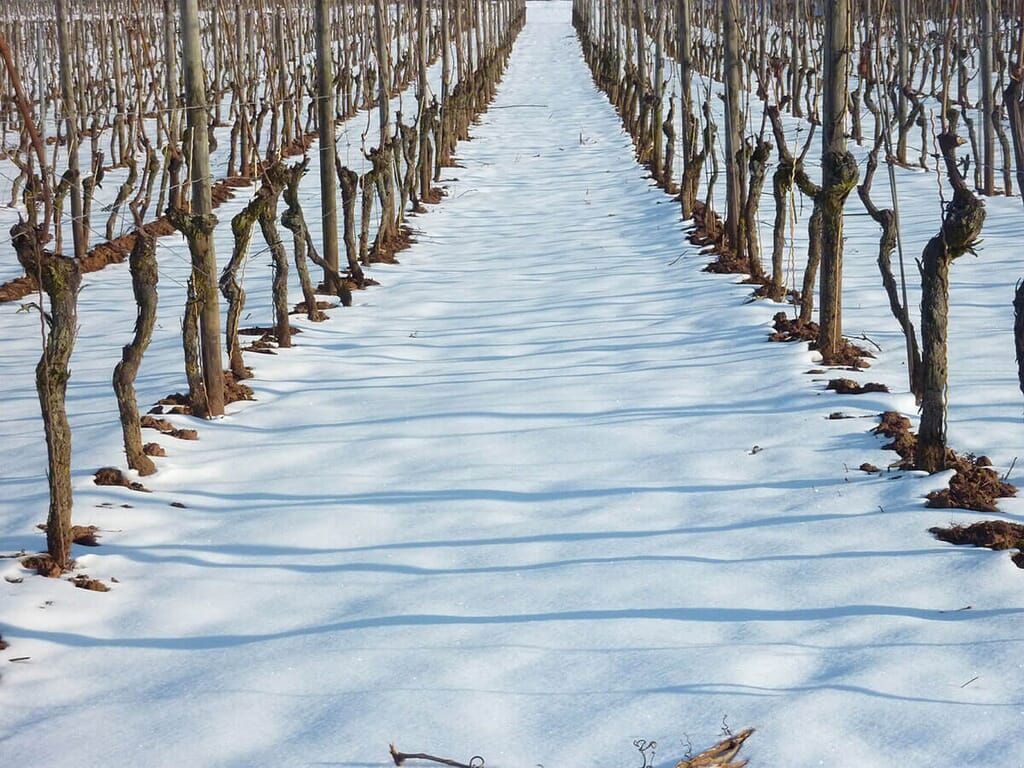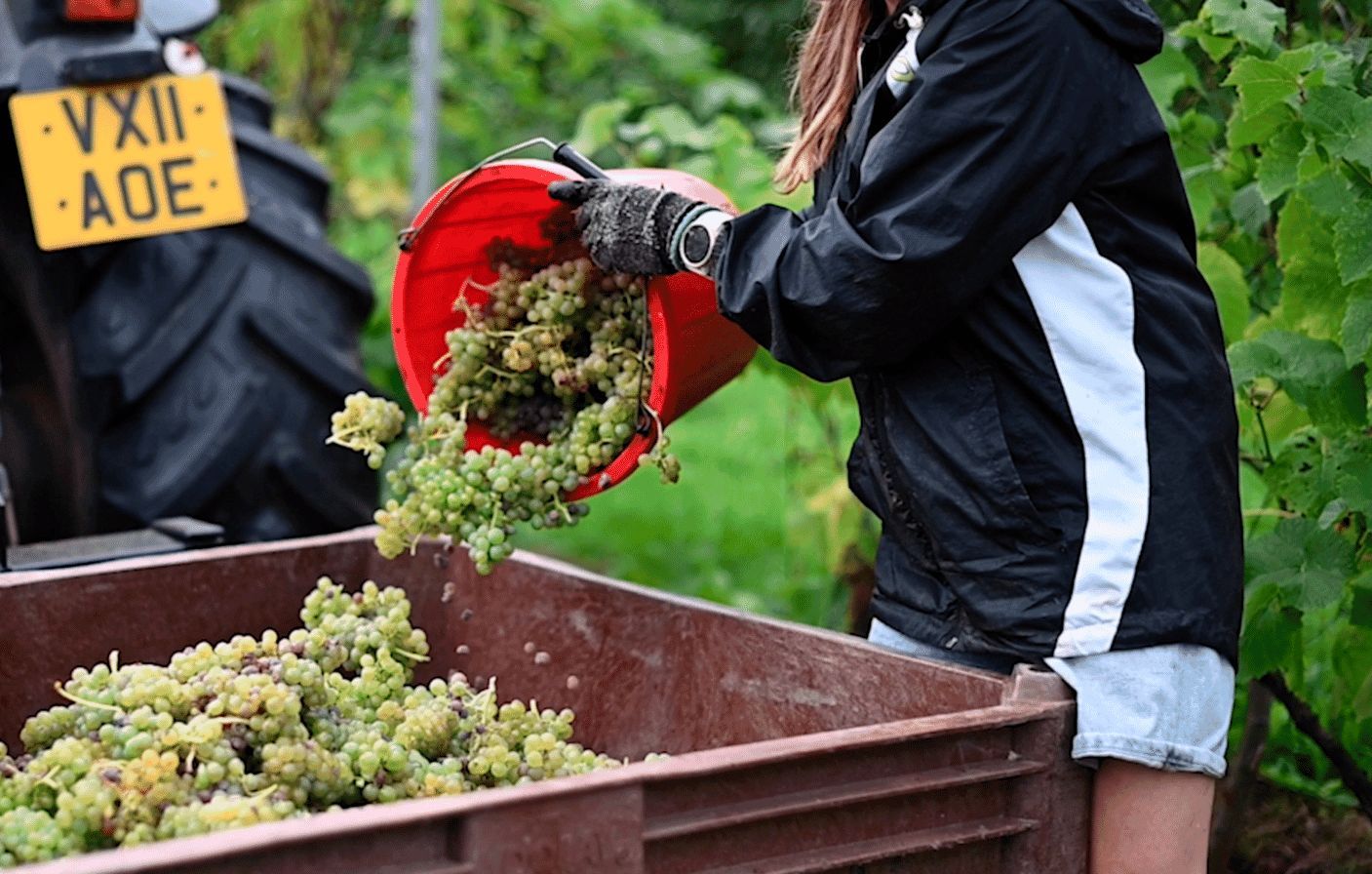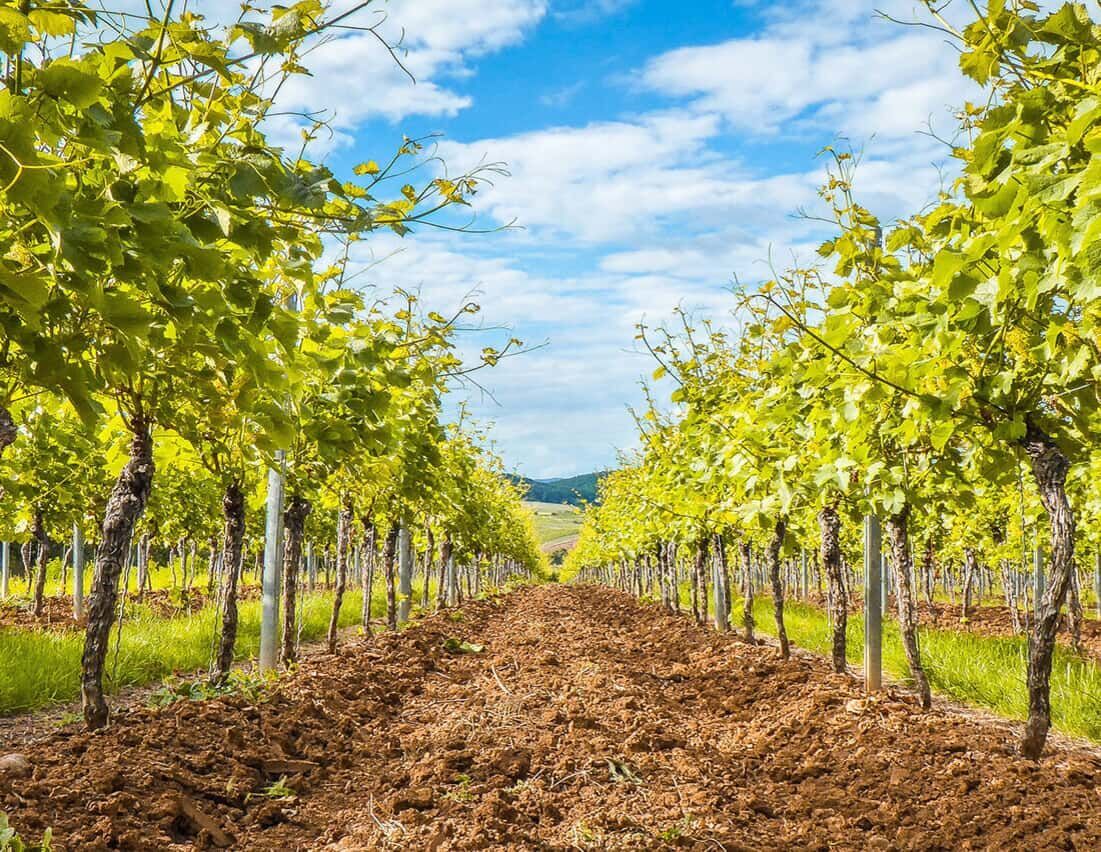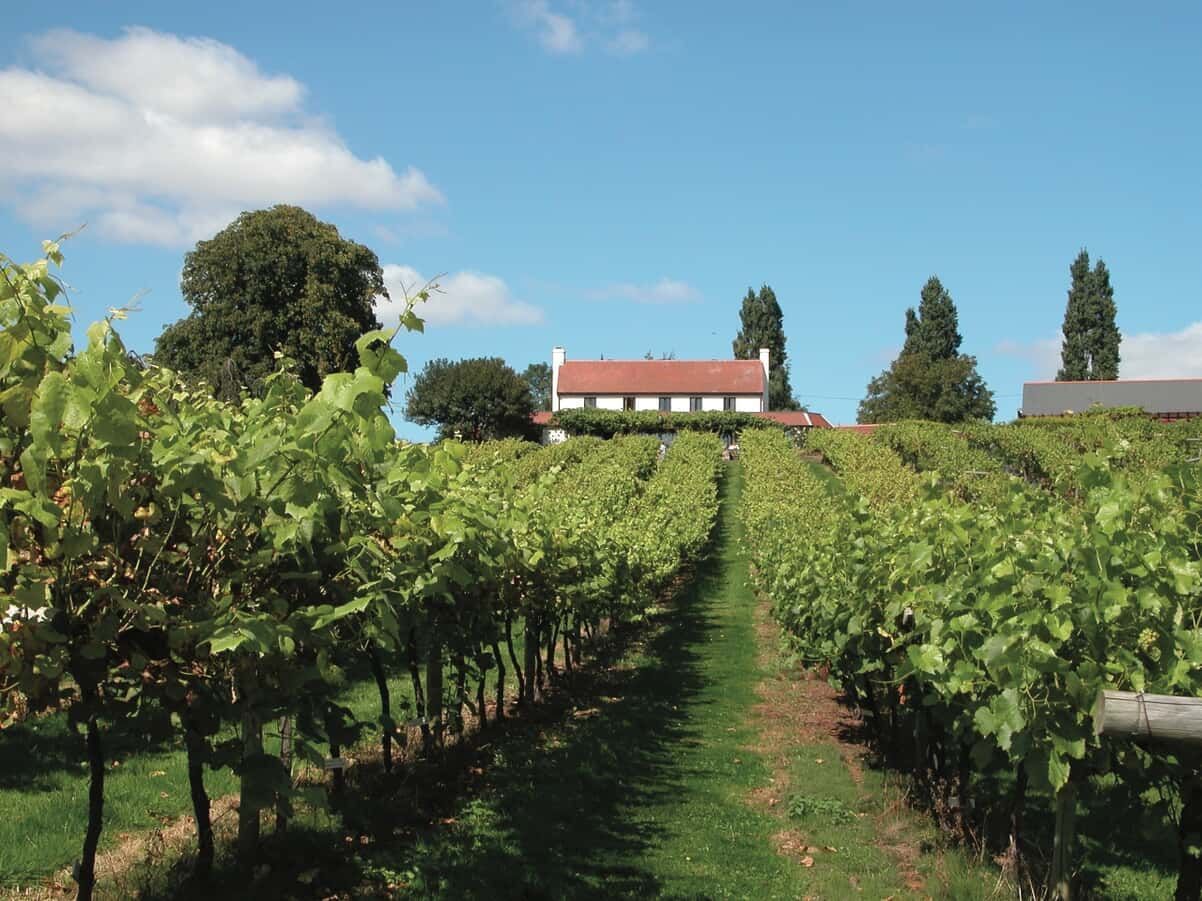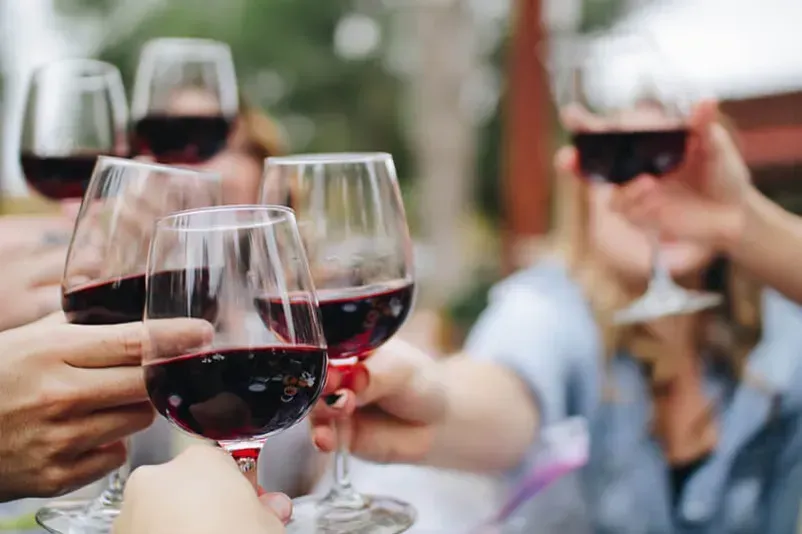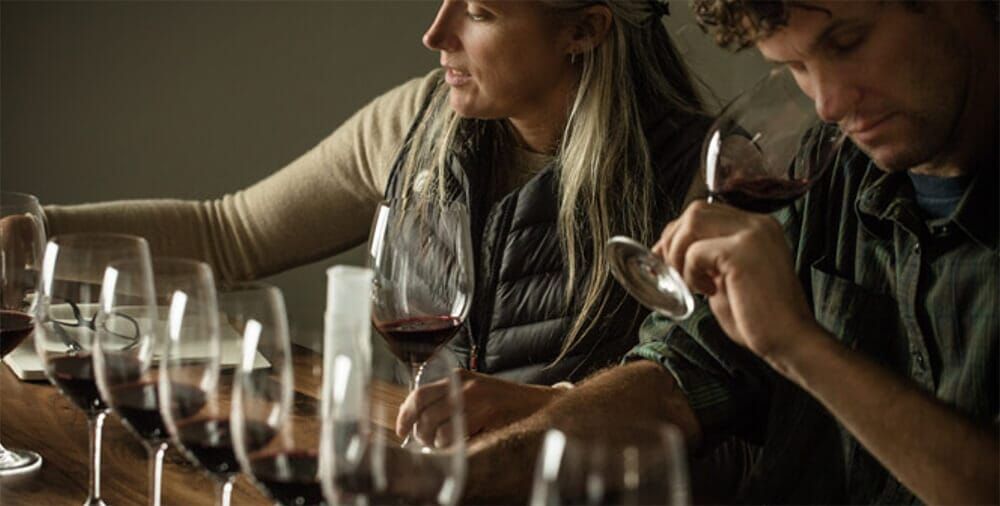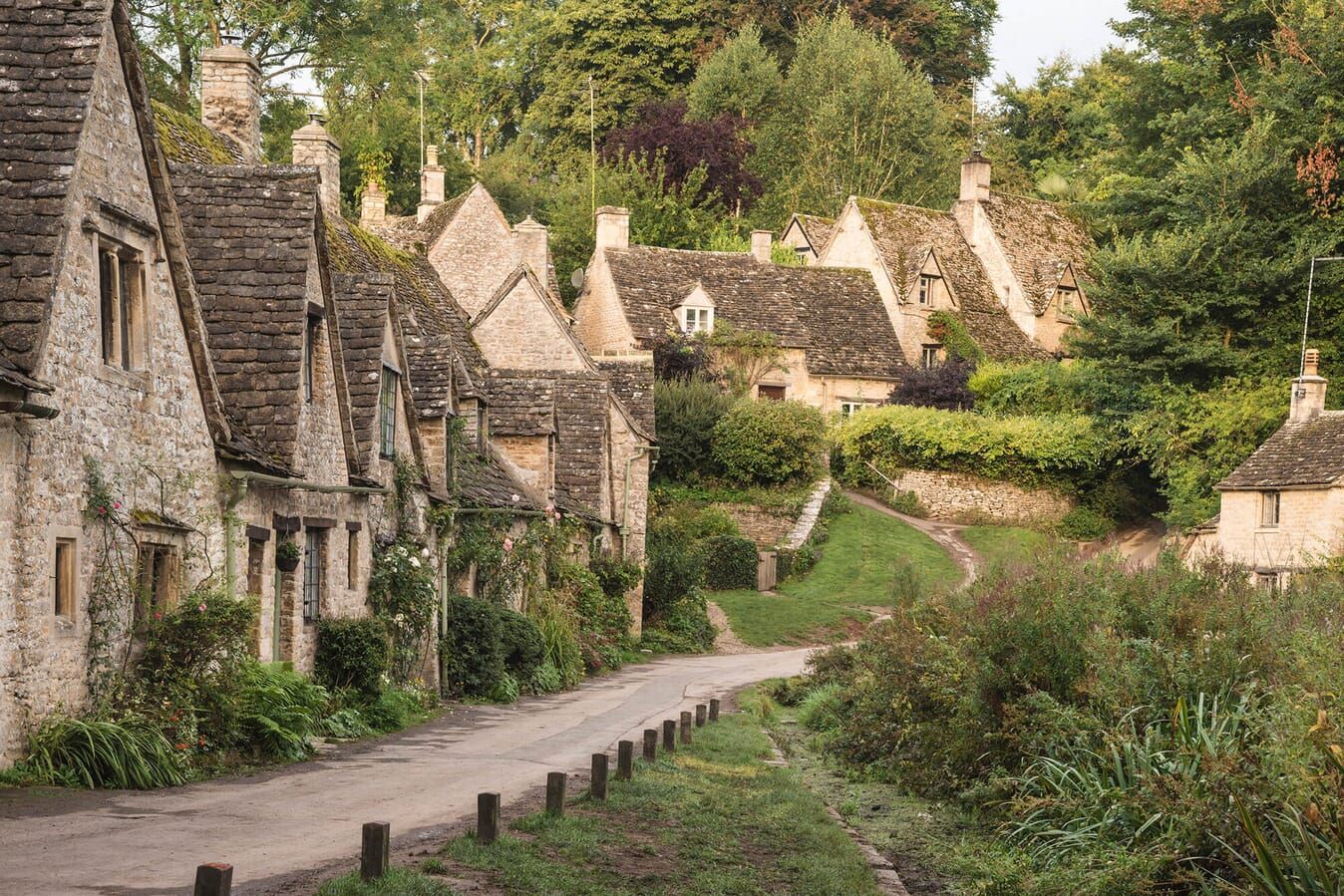25 February 2025
There is nothing better than relaxing at our vineyard with a leisurely walk among the vines, a delicious lunch at our brasserie and a fun wine tasting session. But that’s not all there is to do here! Three Choirs Vineyard makes a great base to explore the Three Counties of Gloucestershire, Worcestershire and Herefordshire. We’re located between Newent and Dymock in the Forest of Dean in Gloucestershire, close to the borders of both Herefordshire and Worcestershire. If you enjoy walks in the countryside, you’ve come to the right place! The Malvern Hills are a half hour drive away and provide lots of walks of varying lengths with some fantastic views on a clear day. Or if you prefer your walks to be a bit flatter, there are plenty of options in the Forest of Dean. The circular 4.5-mile Sculpture Trail walk is perfect for working up an appetite. Or try the Cannop Ponds walk – just two miles and no stiles, talking in the ponds, a Forest Freemine and an unusual monument. Mallards Pike is one of the most scenic spots in the Forest of Dean and offers a variety of walking routes, as well as Go Ape for the most adventurous. You can also hire bikes at Pedalabikeaway Cycle Centre in Cannop Valley – the only mountain bike hire location in the Forest of Dean with direct access to all the mountain bike trails in the forest. Or for a more relaxing alternative, Dean Forest Railway runs steam trains on Wednesdays, Saturdays and Sunday on a nine mile, 90-minute round trip with five stations along the way. We’re just 11 miles from Gloucester, with its historic cathedral and docks, as well as outlet shopping at Gloucester Quays and the new Gloucester Food Dock, with an array of independent local food and drink businesses offering something for everyone. And if you’re a rugby fan – why not catch a game at the legendary Kingsholm? Or stay on the A40 just a bit longer and head for Regency Cheltenham for shopping or its famous festivals – Jazz in May, Science in June, Music in July and Literature in October. And don’t forget racing at Cheltenham Racecourse if you enjoy a bit of a flutter! Closer to the vineyard, but only happening once a year is the Kempley Daffodil Weekend. Taking place in the middle of March, the weekend offers visitors daffodil teas, bacon butties, guided walks, the daff-and-ride bus and the main event of a glorious carpet of wild daffodils. And Dymock’s annual Daffodil Weekend and Spring Fayre takes place at a similar time (but not the same weekend) at Dymock parish hall. There is also the circular ‘Daffodil Way’ footpath covering around eight miles. The daffodils can be seen from the roads between Newent and Dymock in the spring and local maps showing the daffodil fields can be picked up from Kempley village hall. If you don’t mind a slightly longer drive, Hay-on-Wye is world renowned for books and bookshops, occupies a unique position on the border between England and Wales, and is a beautiful place to explore. The world famous, annual Hay Festival takes place at the end of May every year.
